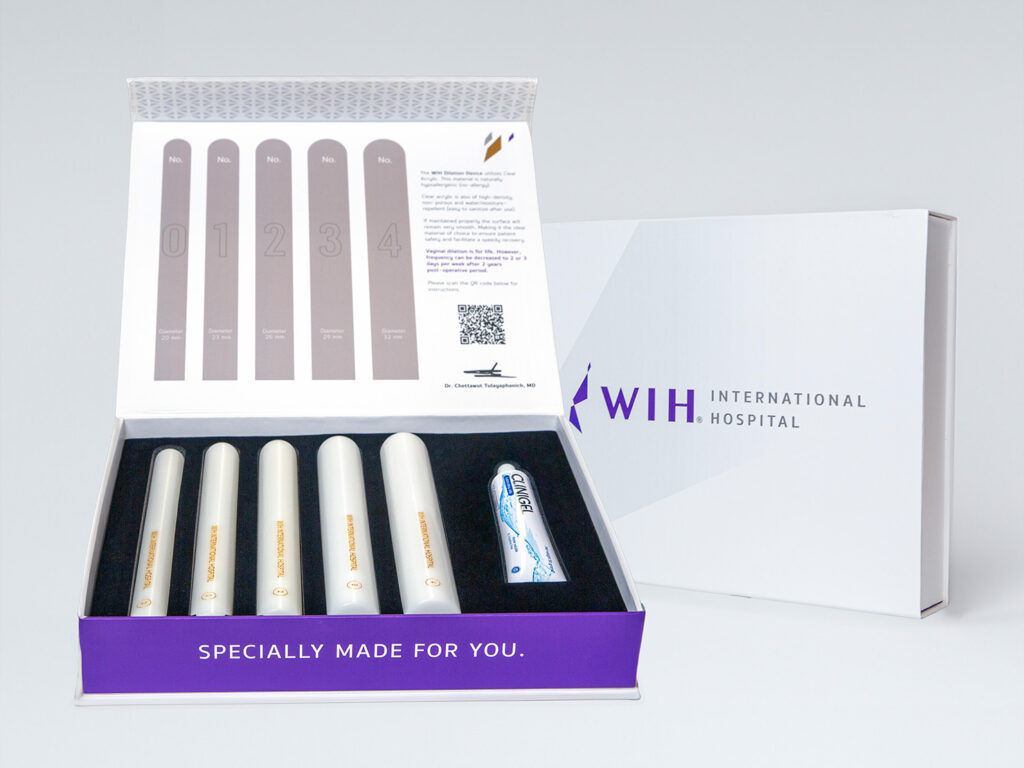Time Management for Vaginal Dilation After Gender-Affirming Surgery
At WIH Hospital, patients receive personalized, step-by-step training to ensure safe, effective, and confident dilation from the very beginning.
Initial Dilation Training at WIH Hospital
Dilation training begins on the day the vaginal gauze packing is removed. Our nursing team demonstrates the entire process, including gel application, proper dilator insertion, and reaching full neovaginal depth. This session also establishes the patient’s baseline depth, which should be maintained in all future sessions to ensure the canal remains fully open.
Training is provided daily and at no additional cost, continuing until the patient is confident performing the procedure independently.
Summary of the Dilation Schedule
Patients begin with dilator size 0 and gradually increase dilation time during the first week. In the second week, dilation is performed twice daily using sizes 0 and 1. As healing progresses, patients are guided to advance to larger sizes—typically size 2 by week 3, size 3 by week 5, and size 4 by week 7. In the first year, patients should dilate twice daily for 75 minutes per session. After one year, this can be reduced to twice daily for 60 minutes, and by the third year, dilation can be performed once daily or every other day. For a complete timeline with duration and dilator size progression, please refer to the WIH Hospital Vaginal Dilation Program.
Ongoing Support and Follow-Up
WIH Hospital is committed to providing comprehensive postoperative support throughout each patient’s recovery. Our nursing team remains available for follow-up, guidance, and reassurance to ensure long-term surgical success and neovaginal health.
The key to success is consistency. Patients are encouraged to follow their dilation schedule every day. If a session cannot be completed in full, the remaining time may be compensated during the next session. Staying disciplined and motivated is essential to maintaining neovaginal depth, flexibility, and overall surgical outcomes.



















